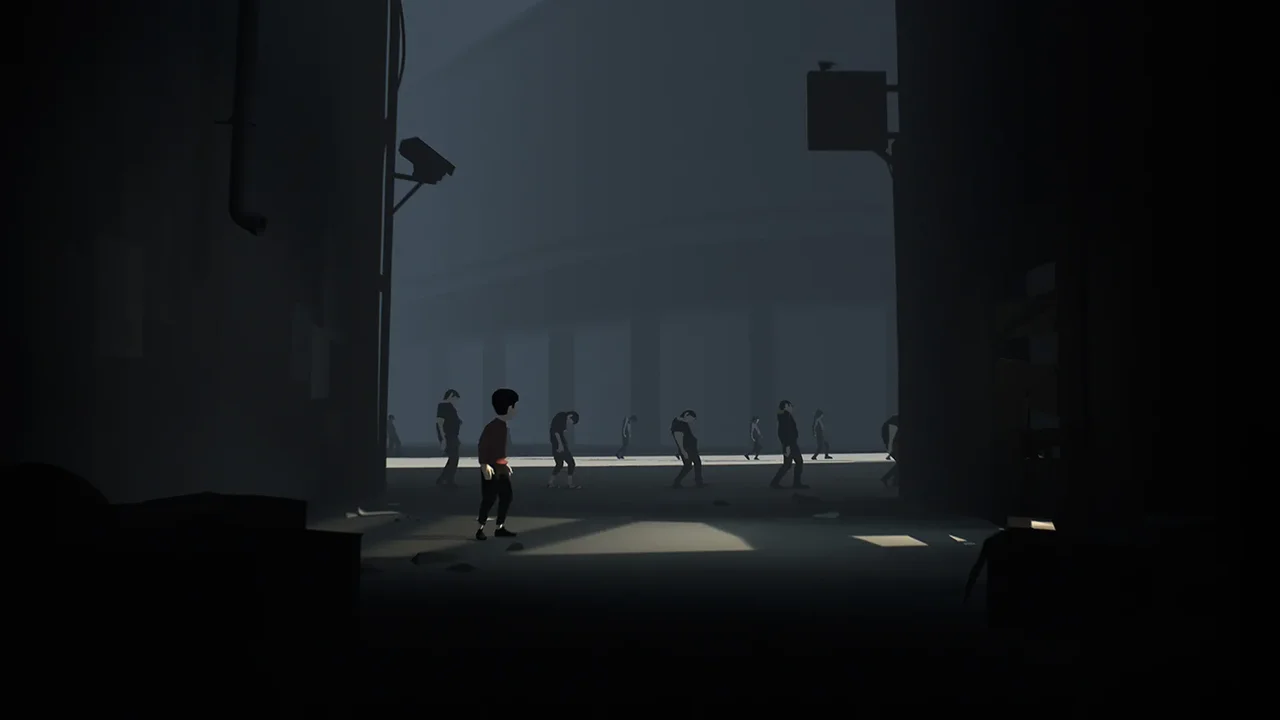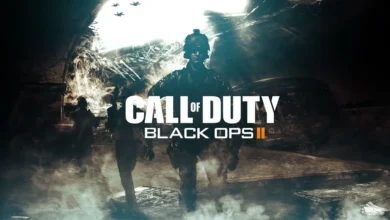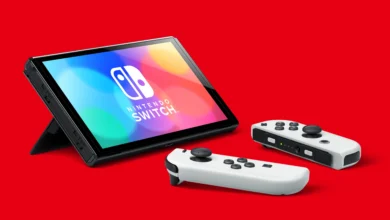
When it comes to indie games that have left a deep impact on the gaming community, INSIDE stands out as one of the most remarkable titles ever created. Developed by Playdead, the same studio behind LIMBO, INSIDE offers players a chilling yet unforgettable experience that blends mystery, puzzles, and atmospheric storytelling in a way few games have achieved.
Unlike many action-heavy titles, INSIDE thrives on simplicity. It is a side-scrolling puzzle-platformer that emphasizes immersion and atmosphere over dialogue and exposition. Every step the unnamed boy takes reveals more about the strange and dystopian world he inhabits, pulling players deeper into its secrets.
What makes INSIDE truly fascinating is its ability to raise questions without offering clear answers. The game never explains itself directly, instead encouraging players to interpret events, symbols, and outcomes on their own. This ambiguity has sparked countless discussions and theories online, keeping the community alive years after its release.
In this article, we will explore everything you need to know about INSIDE — from its story and gameplay mechanics to its hidden secrets, critical acclaim, and lasting legacy in the gaming world.
The Story and Atmosphere of INSIDE
INSIDE tells the story of a young boy navigating a bleak and oppressive world. From the very beginning, players are thrown into a dark forest, chased by mysterious figures, and slowly drawn into a facility where disturbing experiments unfold. The storytelling is wordless, relying entirely on visuals, sound, and player interpretation.
A World Full of Symbolism
One of INSIDE’s strongest aspects is its symbolic world design. From mind-control helmets to lifeless figures and bizarre laboratory experiments, the game raises unsettling questions about control, free will, and humanity. Every scene feels carefully crafted to deliver a sense of unease and curiosity.
The Ending That Shocked Everyone
The game’s ending is one of the most talked-about moments in modern gaming. Without spoiling too much, it delivers an unexpected twist that leaves players stunned, sparking endless debates about its meaning. This open-ended conclusion has become one of the main reasons INSIDE remains unforgettable.
Gameplay Mechanics: Simple Yet Brilliant
INSIDE’s gameplay is deceptively simple, relying on basic movement, jumping, and puzzle-solving. However, the way these mechanics are implemented is nothing short of genius. Each puzzle blends naturally into the environment, forcing players to use logic and observation to progress.
Physics-Based Puzzles
Many challenges in the game use realistic physics, such as pushing objects, manipulating switches, and using momentum to solve problems. These mechanics create a sense of immersion that keeps players engaged.
Stealth and Survival
Players must often hide from guards, dogs, and drones. The tension during these moments is palpable, as one wrong move can result in instant failure. This combination of stealth and puzzle-solving keeps the gameplay dynamic and thrilling.
Secrets, Collectibles, and the Hidden Ending
Like its predecessor LIMBO, INSIDE hides many secrets within its world. Players can find glowing orbs scattered throughout the environment, each located in cleverly hidden areas. Collecting all of these orbs unlocks an alternate hidden ending that adds even more mystery to the narrative.
The hidden ending reveals chilling details about the boy’s journey and has been widely discussed among fans and critics. It serves as a reward for thorough exploration and adds depth to the game’s already enigmatic story.
Critical Reception and Awards
Upon release, INSIDE received universal acclaim from both critics and players. It was praised for its visual design, atmospheric sound, and innovative storytelling. The game won numerous awards, including recognition for Best Art Direction and Best Independent Game at major gaming events.
Many reviewers described INSIDE as not just a game but a piece of interactive art. Its minimalistic approach to storytelling, combined with its emotional impact, has cemented its place as one of the greatest indie games of all time.
The Lasting Legacy of INSIDE
Nearly a decade after its release, INSIDE continues to inspire developers and gamers alike. Its influence can be seen in other indie titles that strive to deliver unique storytelling experiences without relying on dialogue or exposition.
Playdead’s success with INSIDE has set the bar high for narrative-driven puzzle-platformers. Fans eagerly await the studio’s next project, often speculating how it might push the boundaries of interactive storytelling even further.
Frequently Asked Questions About INSIDE
Is INSIDE worth playing in 2025?
Absolutely. Despite being released years ago, the game’s atmosphere, puzzles, and story remain timeless. It’s a must-play for anyone who enjoys indie games, puzzle adventures, or thought-provoking narratives.
How long does it take to finish INSIDE?
On average, players can complete the game in about 4–6 hours. However, exploring thoroughly to unlock the hidden ending can take longer.
Is INSIDE scary?
INSIDE is not a traditional horror game but features unsettling and eerie moments that can be disturbing. It creates psychological tension rather than jump scares.
What platforms is INSIDE available on?
INSIDE is available on PC, PlayStation, Xbox, and even mobile platforms, making it widely accessible to gamers worldwide.
Exploring the Hidden Ending and Secrets of INSIDE
INSIDE is more than just a game; it’s an experience that challenges players emotionally, intellectually, and creatively. Its dark world, clever puzzles, and haunting narrative ensure that it will be remembered as one of the defining indie titles of all time. If you haven’t experienced it yet, now is the perfect time to dive into its mysterious universe.





